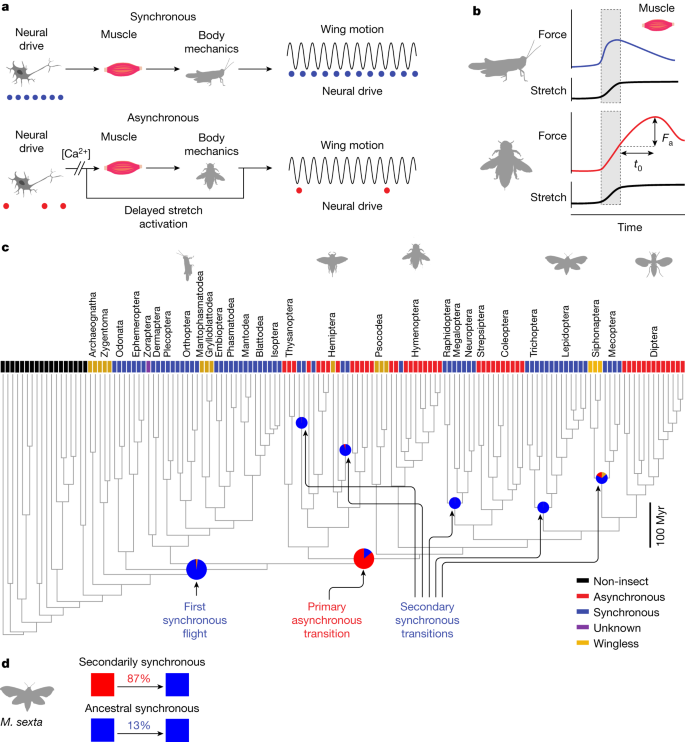2023-09-19 タフツ大学
◆歯のプラークとバイオフィルムが歯肉の炎症や歯の疾患を引き起こす原因となり、正しいフロッシングはこれを予防できることが証明されました。フロッシングは歯科健康の重要な一環であることが強調されています。
<関連情報>
- https://now.tufts.edu/2023/09/19/you-could-be-flossing-all-wrong-if-youre-even-flossing-all
- https://jdh.adha.org/content/97/4/36
デンタルフロスの指導と技術が腋窩間出血に及ぼす影響: 無作為化比較試験 The Effect of Dental Flossing Instructions and Technique on Interproximal Bleeding: A randomized control trial
David H. Basali, Isaac Hong, Matthew Finkleman, Irina F. Dragan, Robert Gyurko, Nacive Guzin Uzel and Paul A. Levi
Journal of Dental Hygiene Accepted March: 13, 2023.
Abstract
Purpose Dental floss has been promoted reduce the effects from interdental microbial biofilm, however its efficacy has been questioned in the literature. The purpose of this study was to compare daily flossing instructions using an adapted horizontal vertical flossing technique (AHVFT) and routine oral hygiene on gingival inflammation as indicated by bleeding on probing (BoP).
Methods This randomized single-blinded controlled clinical trial was conducted with non-smoking adults presenting with gingivitis and no other systemic diseases. Eligible participants were recruited from a dental school patient population and were randomly assigned to one of two groups. Group A (experimental group) was instructed in how to use the AHVFT once daily and Group B (control group) was asked to continue with their regular oral hygiene practices. Clinical evaluations (interproximal BoP measurements) were performed by blinded, calibrated examiners at two, four, and eight-week intervals; the percentage of sites with interproximal BoP was recorded. Descriptive and inferential statistics were used to analyze the data.
Results A total of 36 eligible participants were enrolled in the study: Group A (n=18), Group B (n=18). The mean (±SD) percentage of interproximal sites with BoP was 26.3 (±4.7), 8.6 (±7.3), 7.2 (±5.2), and 7.9 (±5.8) for Group A at baseline, two weeks, four weeks, and eight weeks, respectively. The corresponding values for Group B were 25.8 (±9.9), 15.6 (±12.4), 12.3 (±12.2), and 18.0 (±13.1), respectively. The percentage of sites with BoP was significantly lower for Group A than for Group B (p=.015 at two weeks, p=.009 at four weeks, and p<.001 at eight weeks). Within each group, the percentage of sites with BoP was significantly lower when compared with baseline (p<.008). At the final visit, the percent reduction in BoP for Group A was 70% and 30% for Group B compared with baseline. Most (88.2%) of Group A participants demonstrated mastery of the AHVFT at eight weeks.
Conclusion Participants who received Instruction with the daily use of the AHVFT were shown to have reductions in interproximal BoP as compared to participants who had not received instructions in the AHVFT. Positive gingival health outcomes with dental flossing may be technique sensitive.



